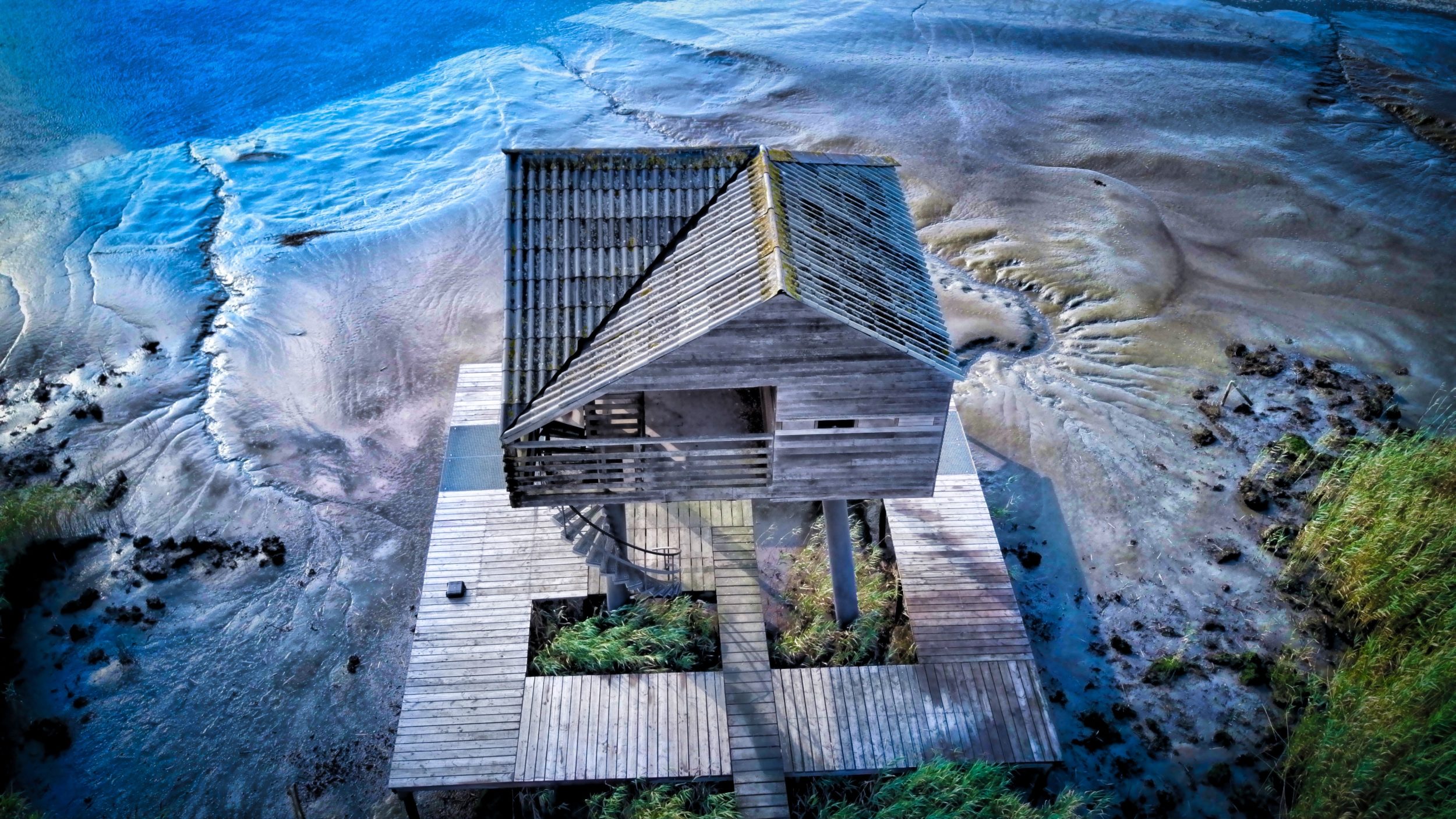
Finding a place to live close to campus is the hefty price Georgia State students must pay to go to school in the heart of Downtown Atlanta. Because of the rising costs of living, many people are exploring an alternative form of housing — like a tiny home not much larger than a student dorm.
As young adults just starting to find their bearings in the world, college students and recent grads make the perfect candidates to live in tiny houses. While physically small, tiny homes fulfill three big values common amongst college-aged individuals: they’re economically and environmentally friendly without sacrificing the feeling of independence that accompanies moving out of your parents’ house once and for all.
But how feasible is the tiny house lifestyle, especially for someone already $10K in student debt? True tiny houses technically weigh in at a charming 400 square feet or less, but small houses up to 1,000 square feet are often lumped into the category as well. While that may sound extreme to some, college students are already accustomed to tight spaces. The University Commons yields rooms from around 350 to 600 square feet.
“We’re already in tiny dorms,” Mabel Padilla, sophomore at Georgia State, said. “And I like the idea of tiny houses being friendlier to the environment. So, like, why not?”
Environmental impact is a common concern among the current college generation, which could play a role in tiny homes’ rising popularity. Second-year student Ethan Mudd had a tiny house experience of his own.
“I loved it,” Mudd said. “I would live in one just because it seems cost efficient and better for the planet.”
Jude Beckman of Bolder Container Homes is confident in the sustainability of alternative housing.
“We do fully solar homes where they’re completely off grid,” Beckman said. “As far as energy efficiency goes, they’re highly efficient.”
Saving energy isn’t the only advantage to tiny homes. Kim Bucciero, cofounder of Georgia Tiny Rentals and board member of Tiny House Atlanta, loves the customizable nature of tiny interior design.
“If you love to cook, you’re going to want a house with a whole kitchen,” Bucciero said. “Whereas if you’re like ‘I eat more out in the neighborhood, I don’t cook that much and I just need a microwave,’ your tiny house might give you more living space. So, it’s really just thinking about what’s important to you.”
While she finds the idea exciting, Bucciero admits that switching to a tiny home is not doable for everyone. But she does have a challenge to those who are considering taking the leap.
“I would recommend that before you move in, maybe draw out a space wherever you live and say ‘OK, this is how much cabinet space I’ll have,’” she said. “‘I’ll have one cabinet out of the eight I have currently; what can I really fit in there?’ You can practice wherever you are.”
Unfortunately, a minimalist, eco-friendly and customizable home will remain just a dream for most students who might be flirting with the prospect of jumping on the tiny house bandwagon, thanks to the dark cloud that looms over the heads of many young adults: money.
According to the “Boots Theory” from Terry Pratchett’s “Men at Arms,” wealthy people can afford good quality, long lasting boots for $50. Poor people — like college students — can only afford inexpensive boots that fall apart after a short time and end up spending more in the long run due to repeatedly replacing the boots.
If housing options are boots, then tiny homes aren’t exactly bargain brand. The average tiny home costs around $30,000-$40,000 and building one from scratch can cost more than $20,000. Beside the cost of the house, students would have to examine the quality of their possessions and because of the space available, invest in more expensive and higher quality belongings, causing a higher price upfront.
Most students and grads are paying tuition or paying off loans and can’t afford such a hefty investment even though it might save money down the road.
Even if students can’t join the tiny house movement just yet, the main concept behind the movement can still apply to their lifestyle.
Bucciero said, “It’s about downsizing and simplifying your life.” Or, as the Tiny House Atlanta slogan goes, “Less space, more life.”
